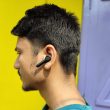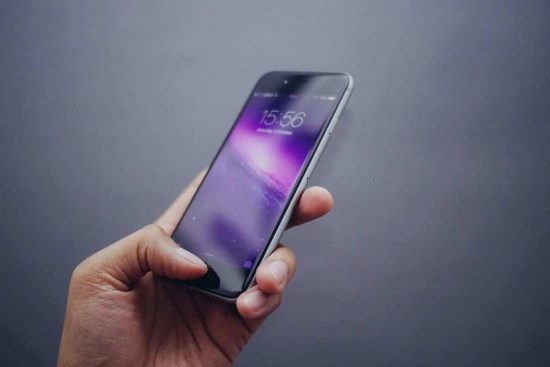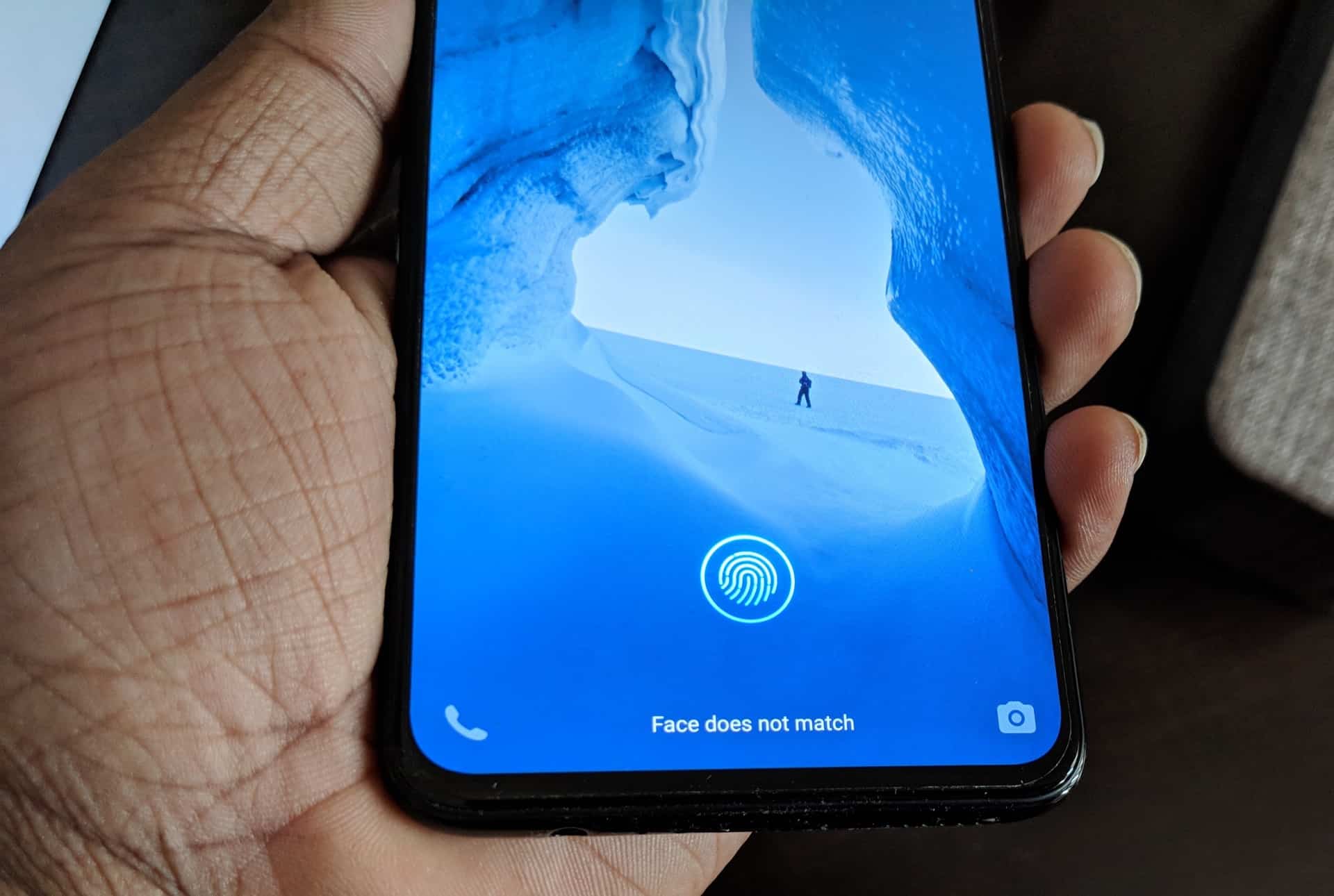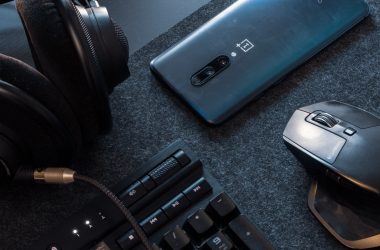Recently there was significant growth in the fingerprint scanners market. It all started with flagships, and now you can find them even on budget smartphones. If any brand launches a flagship device and it doesn’t have a fingerprint scanner, many people take it to be a con as fingerprint scanner= security+accesiblity+SWAG (maybe).
The first phone with a fingerprint scanner, I used was the Samsung Galaxy S5, something mind-blowing at that time as it was waterproof and had a fingerprint scanner. And later on, the list seemed to grow up, as Samsung kept following the tradition with Galaxy S6 and the latest Galaxy S7 and S7 Edge as well, putting a fingerprint scanner right on the home button. But that wasn’t Samsung who introduced this cool security feature. So, we will be looking into the history a bit today and will also try to figure out why it has been so necessary on smartphones.
History of Fingerprint Scanners on Smartphones:
The world’s first fingerprint phone was Pantech GI100, which launched back in 2004. The fingerprint scanner on Pantech GI100 is not just for fingerprint recognition; it also has extra features like fingerprint authentication and fingerprint speed dialing [memory dials].
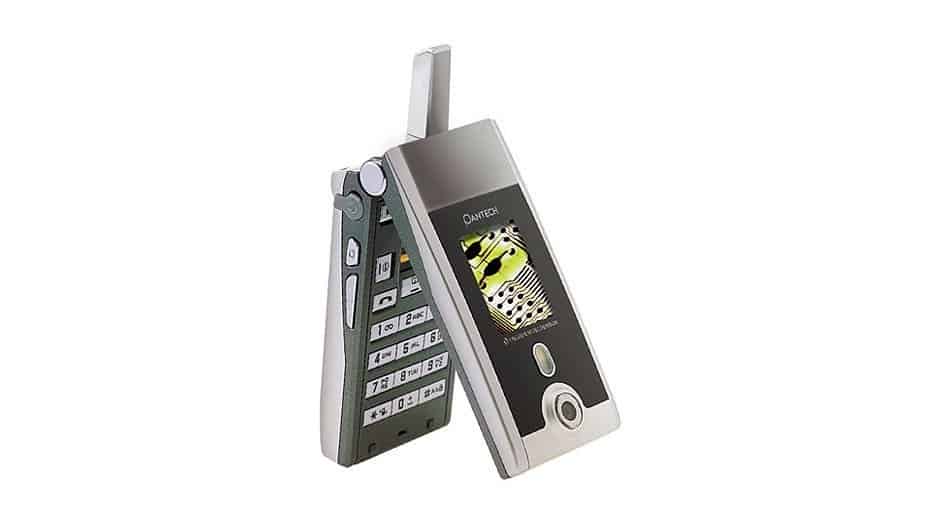
But, it was Toshiba, which took the fingerprint scanner phones to the mainstream. Back in 2007, when we used to see phones running Windows Mobile 7 or 7.5 from HTC, Palm and we used to see Windows Mobile on PDAs from HP (I remember trying out someone’s PDAs, which was made by HP running Windows Mobile). Back then, Toshiba came out with Toshiba G500, along with G900. Just a little later, HTC joined the league and launched HTC P6500.
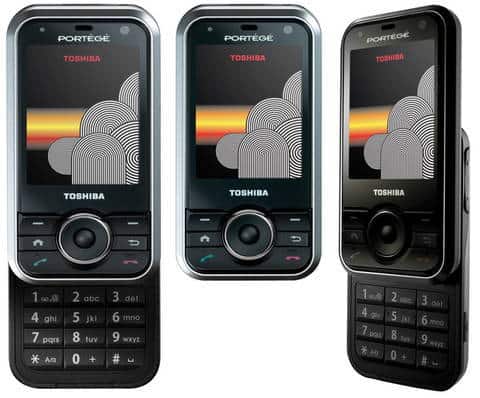
And here’s HTC P6500, which looks pretty weird.
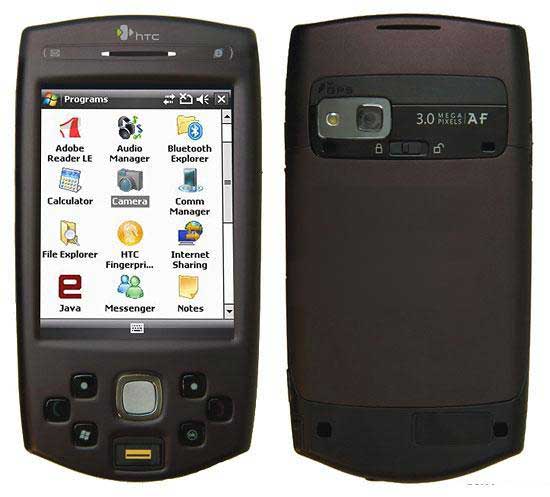
Later Acer M900 and LG GW820 eXpo followed the trend in 2009, and Motorola joined a little more in 2010 with Motorola ES400.
Recommended: Are Future Smartphones Truly Bezel-less?
I think that the modern-day fingerprint scanner revolution started from the time the iPhone 5s launched, and TouchID was something that attracted consumers. Here’s a fun fact, yes! iPhone 5s is the first fingerprint phone in Apple’s iPhone lineup, and also the first phone with TouchID.
At first, the fingerprint scanner was used just for unlocking the device, but now it is also capable of making secure transactions. Later on, Samsung followed Apple and came up with a swipe fingerprint scanner, which was also supported by PayPal back in 2014. Since then, we have been watching more and more OEMs coming up with fingerprint scanner-enabled phones. Right now, the number is increasing rapidly, and there are hundreds of phones with a fingerprint scanner.
Now, the fingerprint scanner is not a feature that you would find on flagship phones. Even a phone like Coolpad Note 3 Lite, which roughly costs around $100, has an excellent fingerprint scanner, and there are some unique and responsive fingerprint scanners on phones like Redmi Note 3, Honor 5X, and a few more.
But Apple rules till now, a new patent filed by Apple hints that they have plans to build sensors into smartphone screens, meanwhile Sonavation announced that their ultrasonic fingerprint sensor could function beneath Gorilla Glass. Both these points hint that we will soon get much security without compromising the size of the display. LG took the concept to reality and showed a demo of how they were able to embed the fingerprint scanner onto the screen itself. There are Japanese brands like NTT DoCoMo and Fujitsu who are ahead in the race of providing the world’s first embedded iris scanner that’s something I’m very much looking forward
The Future of Fingerprint Scanners on Phones:
Do we need a fingerprint scanner in future smartphones? Probably no, not for everything we do, at least. Well, for unlocking a phone, it’s compelling enough, but think about it- You got kidnapped, and the kidnappers want to make a call using your phone. If you have a PIN/password or pattern for unlocking, you can say that you have forgotten that, but in the case of a fingerprint scanner, they can forcefully get your finger pressed against the scanner and unlock it.
Also, fingerprint scanning can be useful for local security. Still, a two-factor authorization is essential just like it is used in some security systems, mostly banks, so that whenever you register a fingerprint, it will give you a unique key. In that case, if your phone gets stolen and your fingerprint security is compromised, just if you can be fast enough, you can use a secondary device, enter the recovery key and revoke access to the device and recover everything. That can be a pretty good idea. Remember, passwords can be generated infinitely, but fingerprints can’t be. Some people may disagree with that, and the choice completely varies from person to person. But, relying on new technology without a secondary recovery option isn’t probably a good idea.
Now, forget about threats- Imagine you just met with an accident and your right hand got a severe injury, now you will have to rely on secondary options like PIN/password or a pattern may be, and they can be bypassed. Recently, on Android 5.0 Lollipop, a significant bug was found due to which someone could bypass the lock screen pretty quickly. And in this context, I would like to mention an XDA user’s comment here –
I have a large scar on the pad of my right thumb which makes my S5 have difficulty reading my print (I’m VERY right handed) and it became so cumbersome, I disabled it after about 2 days, and I got my S5 6 days after it was released.
So, nothing is perfect and works out every time. If you’re okay with the cons and want to use the fingerprint scanner to unlock your device, it’s fast and secure enough. However, we’re waiting for iris scanners on smartphones that will start another revolution for sure.
Update:
For Apple’s 10th anniversary, the Cupertino giant came with the 10th edition of the iPhone, i.e., iPhone X. It’s an engineering marvel as it showcases the bezel-less display with a notch at the top. What’s so special about it is, it has eliminated the TouchID, and the phone’s unlock works on facial recognition. It means that future iPhones might rely on facial recognition rather than fingerprint recognition. Again, it’s not Iris scanning, but the whole face is what we are talking about here.
But the iPhone 8 and 8 Plus have Touch IDs and work as fast & responsive as earlier. So, it’s uncertain whether Apple would proceed on eliminating the TouchID as it did for the headphone jack.
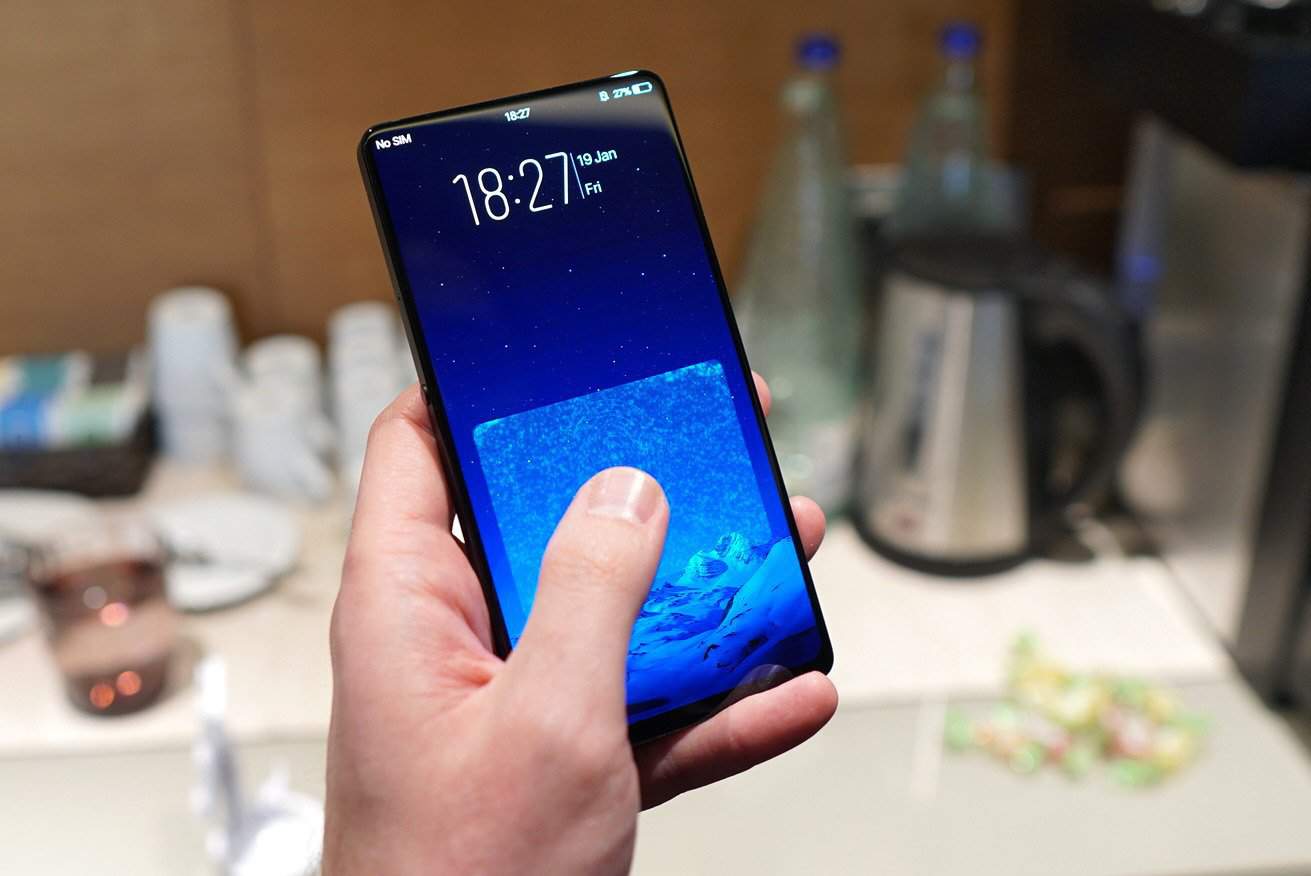
Here’s a big thing – Apple, LG, and Samsung have been working on introducing the in-display fingerprint scanners. Still, the Chinese brand Vivo became the world’s first brand to present the very first in-display fingerprint scanner on its Vivo X20 Plus. Not just that, the company has also showcased the Vivo Apex concept, which is a full bezel-less display phone with an upgraded in-display fingerprint scanner on it. Recently, the company showcased the 4th-gen in-display fingerprint sensor in its latest flagship V11 Pro.
The in-display fingerprint scanner is going to be the next big thing in terms of the evolution of fingerprint scanners on smartphones. The in-display fingerprint scanner lights up the display portion to capture the fingerprint, and now it’s almost as fast as the physical fingerprint scanners. Huawei and OnePlus have already adopted it, and it’s just a matter of time before we can expect it from other OEMs.
TL;DR | FAQs –
1. Which is the first phone to have a fingerprint sensor?
The first phone to have a fingerprint sensor is Pantech GI100. It was launched in 2004.
2. Which is the first phone to take a fingerprint scanner to the mainstream?
It’s neither Samsung nor Apple, but it’s Toshiba. Toshiba G500 is the first smartphone with a fingerprint sensor that took it to the mainstream.
3. Which phone has the first Touch ID that’s similar to a fingerprint scanner?
iPhone 5s is the first phone to have a Touch ID which is identical to a fingerprint scanner
4. Which is the first phone with an in-display fingerprint sensor?
The first phone with an in-display fingerprint sensor is Vivo X20 Plus [Optical Sensor]
5. Which is the first phone with an ultrasonic in-display fingerprint sensor smartphone?
Samsung Galaxy S10 & S10 Plus are the first phones to feature ultrasonic in-display fingerprint sensors
I want to know what your take on fingerprint scanners on smartphones is. Do you think they are safe and reliable or just okay? Let us know in the comments section below.



